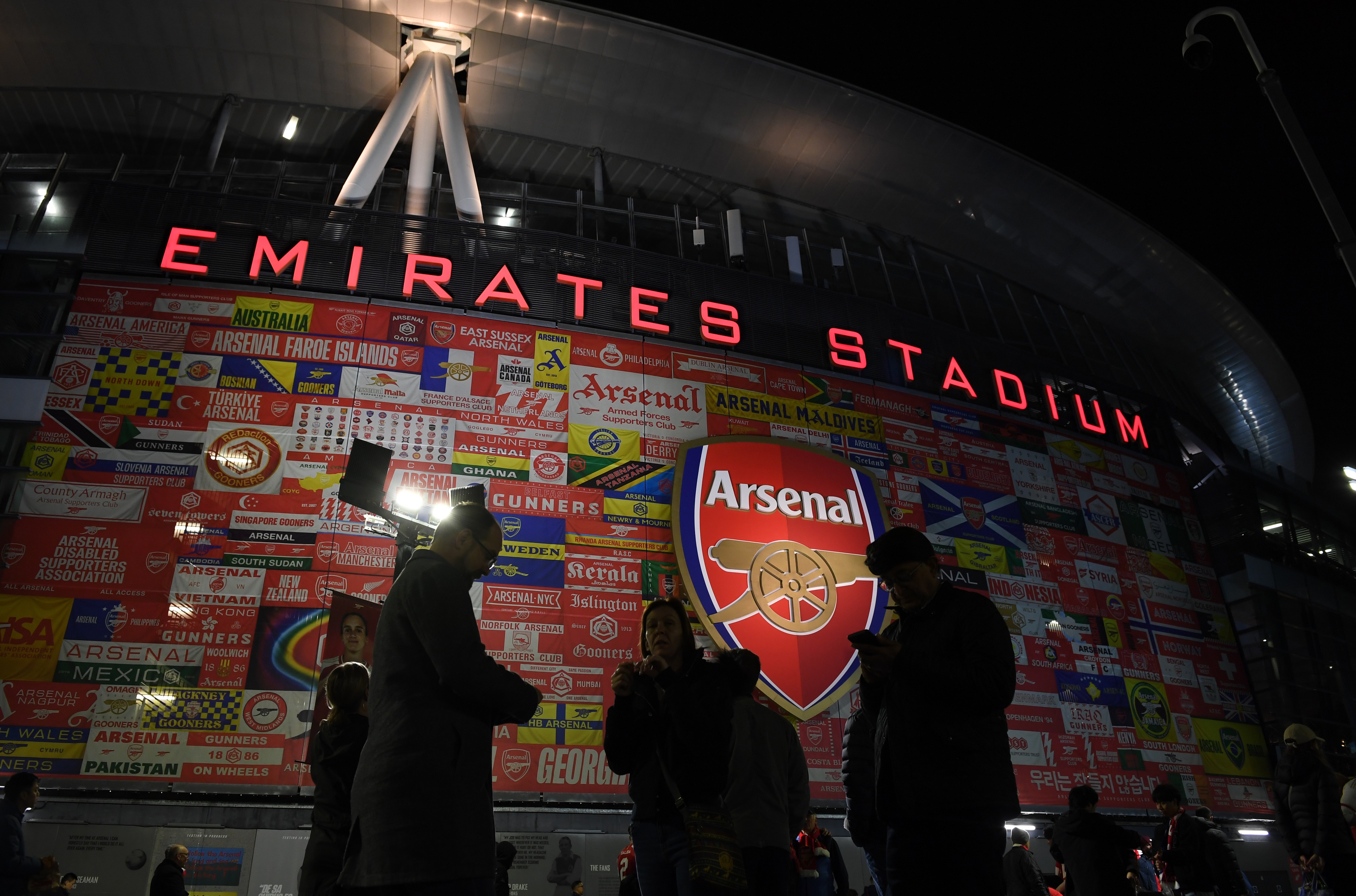Three Lions on a shirt… apart from when they’re not. The 150 year history of the England football kit
New book charts the changes in the England football shirt over 150 years
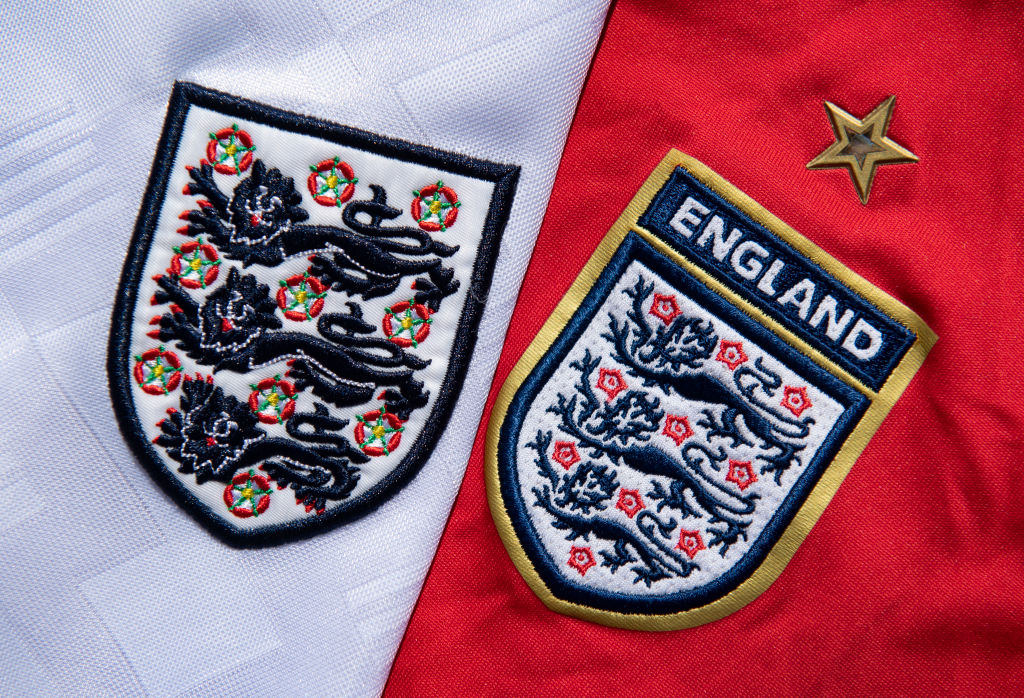
Baddiel, Skinner and The Lightning Seeds made the phrase ‘Three Lions on a shirt’ synonymous with English football thanks to their chart hit-cum-terrace anthem at Euro 96. But the plain white shirt and iconic crest have been part of English football for 150 years.
And while the look of the Three Lions may have changed over the years, they have been ever present on the England kit since the 1870s - apart from a few rogue shirts in the 1970s - but we’ll come to that later.
The Three Lions represent the pinnacle of English football and every young boy or girl dreams of pulling on the famous shirt - but only a very select few get the honour.
Harry Kane and Co will be wearing shirts made from recycled plastic bottles and featuring the most advanced Dri-FIT technology during this World Cup - but over the years the materials such as cotton, airtex, nylon, polyester and believe it or not, wool, have all been used to make the England kits.
A new book called Three Lions on a Shirt released this month to mark 150 years of the England shirt charts every variation dating back to 1872 through to the current kits being worn in Qatar.
FourFourTwo have picked out a selection of shirts with the most interesting stories behind them…
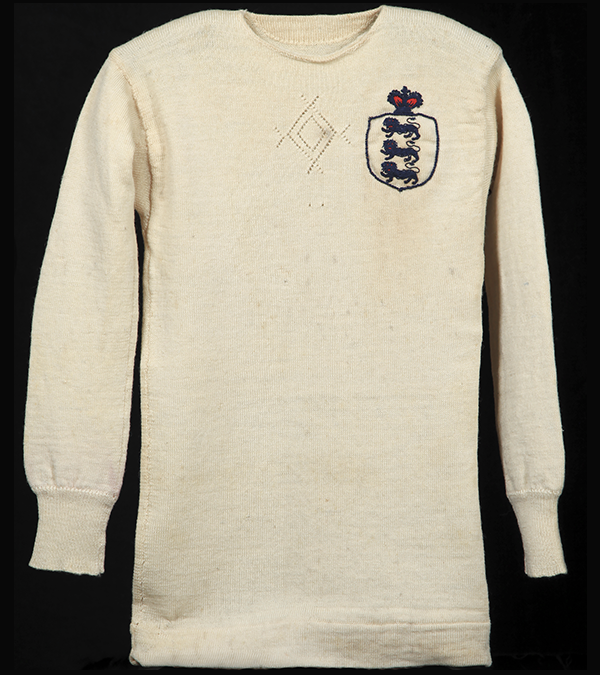
1872 - In the beginning
The best features, fun and footballing quizzes, straight to your inbox every week.
The first official England shirt was worn during the first clash between England and Scotland at the West of Scotland Cricket Ground in Glasgow on November 30, 1872 - five previous games between the two countries were not classed as official internationals since Scotland were unable to raise a full XI.
For the historic international against Scotland in 1872, the FA confirmed that their players would wear ‘white jerseys with the English arms embroidered on the left breast, dark blue appearances and white flannel trousers or knickerbockers’. Scotland played in navy blue.
Amazingly, one of the original England jerseys from the goalless draw has survived - a round neck, long sleeve shirt made from knitted wool and has a hand embroidered Three Lions crest on the chest. This jersey was worn by Oxford University captain Arnold Kirke Smith, who had previously played for Scotland in one of the unofficial matches.

1947 - The first red shirt
Almost two decades before Bobby Moore, Geoff Hurst and Co made red an iconic colour in English football it was first introduced for a game against Switzerland in Geneva in May 1947. Technically it was an FA XI - but with the Three Lions crest. The change of colour was needed because Switzerland played in white shirts with black shorts.
According to Billy Wright, England’s red shirts were borrowed from the RAF. Wright also said that whilst the visiting team was always supposed to be an ‘FA XI’, the Swiss – keen to attract a big crowd – billed the match as ‘Swiss B v England B’. Unfortunately for the 20,000 crowd, the match finished 0-0. A year later England returned to Switzerland – this time with an official B team featuring six of the same side and, seemingly, their own (not borrowed) kit, and won 5-1 with Stan Mortensen netting a hat-trick.

1966 - On top of the World
Arguably the most famous kit in English football history was made by Umbro after they signed a deal with The FA to replace Bukta. Umbro provided the host nation with a brand-new set of kits for the tournament, as well as tracksuits and blank shirts for training, plus Adidas boots, as Umbro at the time acted as Adidas’ UK distributor. England wore their traditional white shirts through to the final where they wore their change red shirts after they lost a coin toss with West Germany, who wore white. Had England won the coin toss then West Germany would have worn green shirts.
England may have lost the coin toss but they won the World Cup and made red as synonymous as the white shirts before them. This is the shirt worn on that famous July day by hat-trick hero Geoff Hurst, who sold his shirt in an auction at Christie’s for £91,750 in 2000, then a world-record valuation for a football shirt. Eight years later, it was sold privately for a price thought to be in the region of £300,000.

1970 - Going lightweight in the heat
Sir Alf Ramsey’s preparations for the 1970 World Cup began as soon as the 1966 tournament had been won. Knowing conditions in Mexico would be far hotter than in England, Ramsey and Umbro started experimenting with airtex which had been used for military shirts and jackets in the Middle East and Far East during the Second World War.
The airtex shirts that Umbro supplied England for the tournament did have one addition not appreciated by the players. A swatch of thicker material on the inside of the lightweight shirt onto which the Three Lions crest was stitched. Unfortunately, it gave many of the players uncomfortable nipple rub.
Despite Brazil beating England 1-0 in the second group game in Guadalajara, it is widely acknowledged as skipper Bobby Moore's greatest game for England thanks in part to his majestic tackle on Jairzinho.
After the match Pele and Moore embraced in the centre circle and exchanged shirts, producing an iconic image of two of the titans of the game united in mutual respect. Pele gave Moore’s shirt to a friend who ran a bar in Rio de Janeiro, where it was mounted on the wall for many years, acquiring the nicotine stains from cigarette smoke that can still be seen now. In 2004 the shirt was returned to England after having been sold at auction for £59,740.
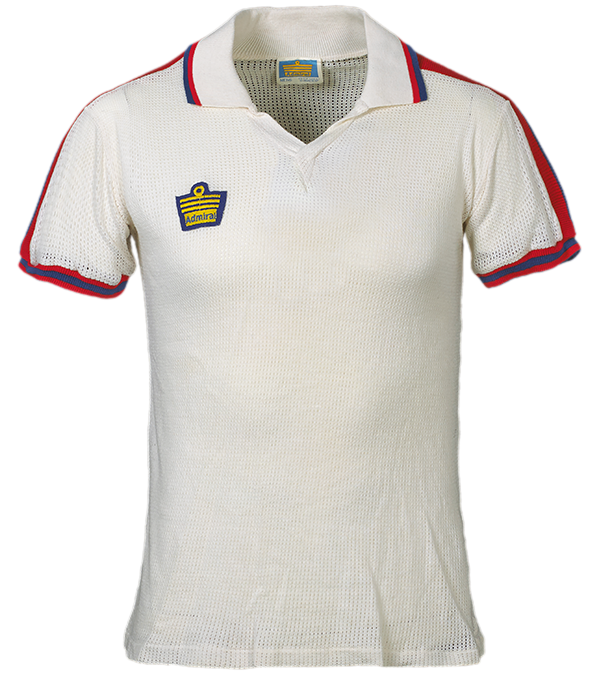
1975 - No Lions on the shirt
In 1974, out went Sir Alf Ramsey and Umbro and in came Don Revie and Admiral. Revie had a relationship with the Leicester-based sportswear company from his time at Leeds and brought them to the national team. With it came new designs and colours as well as a commercial relationship between kit suppliers and teams.
With the 1978 World Cup in Argentina on the horizon Admiral started looking at their own lightweight, ventilated material similar to that used on Umbro’s airtex shirts.
England played Scotland in May 1975 and none of the team’s lightweight shirts featured an Admiral logo, but in a further bizarre twist in a friendly against Switzerland, striker David Johnson wore this shirt which did not include a Three Lions crest. Seven weeks later in a game against Czechoslovakia seven England stars played without the Three Lions badge on their shirt. Were there issues with embroidery? Were these jerseys perhaps intended for training? The reason for these anomalies is not known, but they are an early indicator of the inconsistent nature of England kits in the Admiral years.
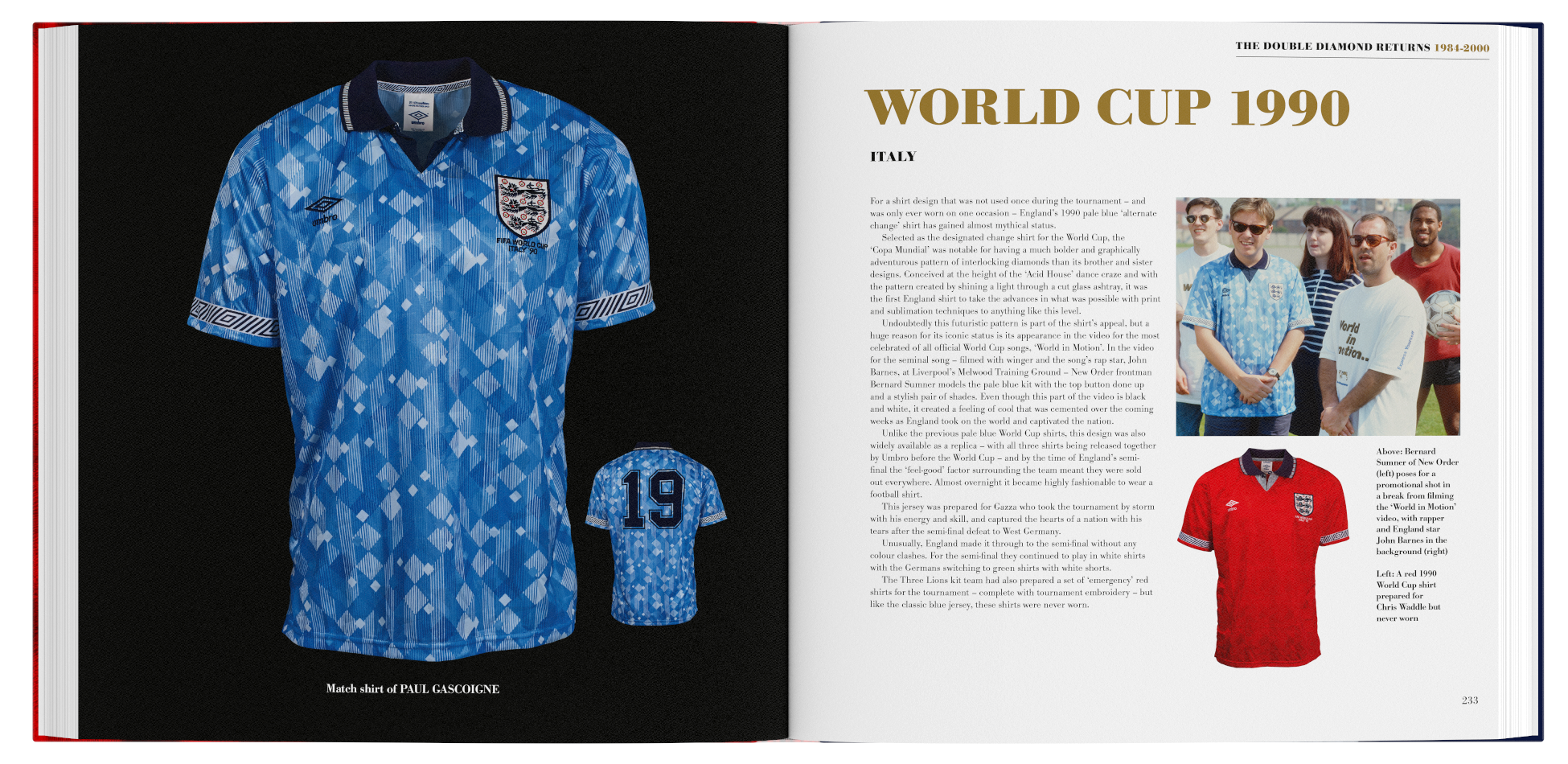
1990 - World in Motion
After nine years with Admiral, England and Umbro rekindled their relationship in early 1984. This time the manufacturer's double diamond logo appeared on the front of the lightweight polyester shirts. By the time the World Cup in 1990 came around Umbro had gone for a shirt that was complemented by a simple yet striking pattern of zig-zags and diamonds within the fabric and navy collar.
But as popular and iconic as the home shirt became, the pale blue ‘alternate change’ shirt gained almost mythical status - despite only being worn once. It was notable for having a much bolder and graphically adventurous pattern of interlocking diamonds than the home design. Conceived at the height of the ‘Acid House’ dance craze and with the pattern created by shining a light through a cut glass ashtray.
But what made it iconic was nothing to do with anything on the pitch. More to do with the fact it was worn by New Order singer Bernard Sumner in the video for World in Motion - England’s World Cup song. And even though the video was in black and white, it created a feeling of cool that was cemented over the coming weeks as England took on the world and captivated the nation as they reached the semi-finals.
Competitively, the shirt was worn just once in Izmir in May 1991 as England beat Turkey 1-0 thanks to a Dennis Wise goal.
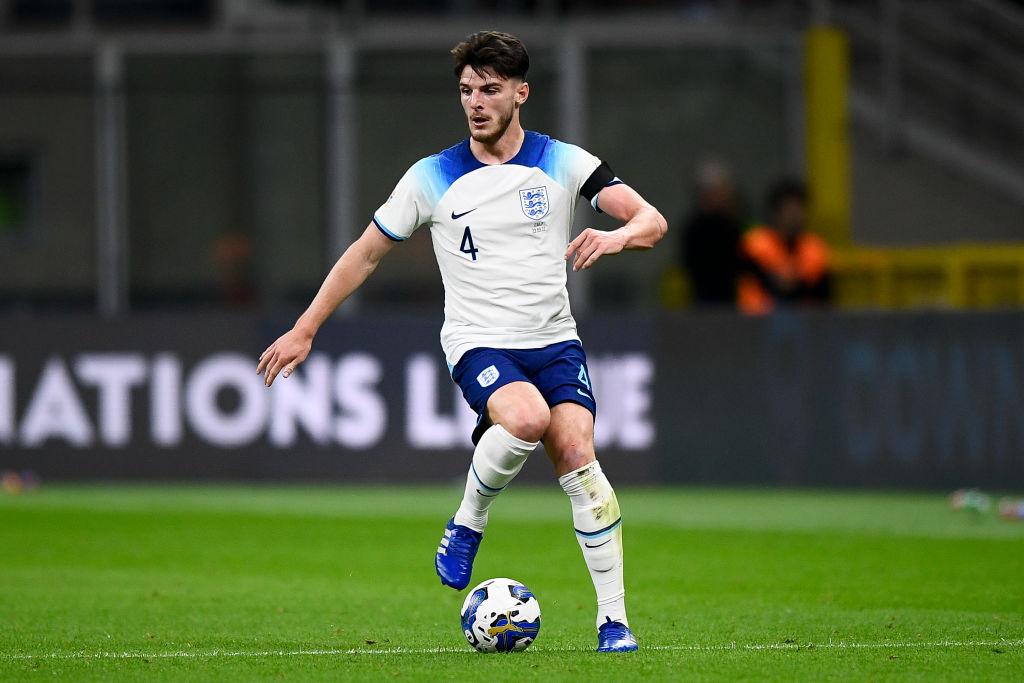

Back to basics
For the World Cup in Qatar, England have gone with a home shirt that has a passing reference to the trim colours found on the classic Euro 96 jersey. While the use of dark (Blue Void) and light (Blue Fury) shades of blue may be inspired by the kit worn by Gazza and co in reaching the semi-finals in the summer of 96, Nike insist that it reflects the exciting future rather than hark back to the past. While Nike went with a blue change kit at Euro 2020, it is agreed that red will always be the traditional away colour for World Cups.
Bobby and Geoff will surely agree.
WIN A COPY OF THE BOOK! To be in with a chance of winning a copy of Three Lions on a Shirt, send an email with 'Three Lions book' in the subject to fourfourtwoonline@futurenet.com with your name, address and the answer the following question: Who was England's kit manufacturer for the 1966 World Cup?

Three Lions On A Shirt was compiled by football shirt collectors Simon Shakeshaft, Daren Burney and Neville Evans and edited by Jim Drewett, it is published by Vision Sports Publishing and is available to buy now from www.threelionsonashirt.co.uk

James Andrew is the editor of FourFourTwo, overseeing both the magazine and website. James is an NCTJ qualified journalist and began his career as a news reporter in regional newspapers in 2006 before moving into sport a year later. In 2011 he started a six year stint on the sports desk at the Daily Mail and MailOnline. James was appointed editor of FourFourTwo in December 2019. Across his career James has interviewed the likes of Franco Baresi, Sir Alex Ferguson, David Beckham and Michael Owen. James has been a Fulham season ticket holder since the mid-1990s and enjoys watching them home and away, through promotion and relegation.
